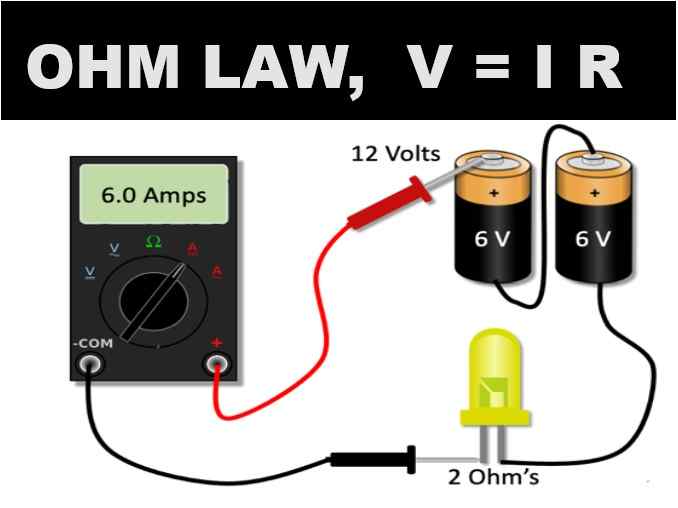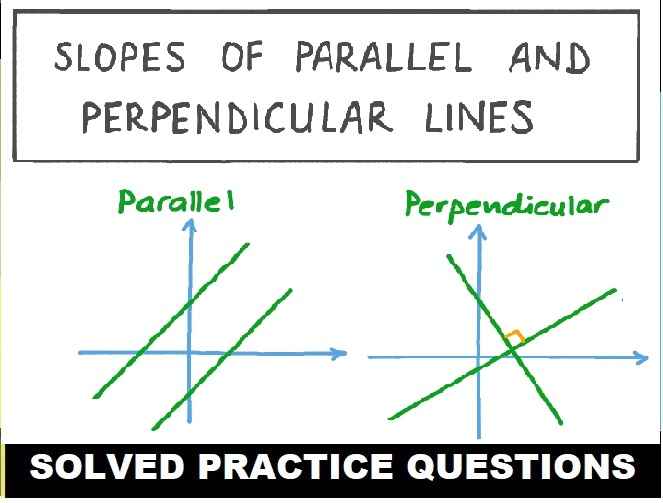Nootan Solutions Diffraction of Light ISC Class-12 Physics Ch-21 Nageen Prakashan Numericals. Step by step Solutions of Kumar and Mittal ISC Physics Class-12 Nageen Prakashan Numericals Questions. Visit official Website CISCE for detail information about ISC Board Class-12 Physics.
Nootan Solutions Diffraction of Light ISC Class-12 Physics Ch-21
| Board | ISC |
| Class | 12 |
| Subject | Physics |
| Publication | Nageen Prakashan |
| Writer | Kumar and Mittal |
| Vol | 2nd |
| Book Name | Nootan |
| Chapter-21 | Diffraction of Light |
| Topics | Solution of Numericals Questions |
| Page-Number | 836 , 837 |
Diffraction of Light
Diffraction is the phenomenon by virtue of which light bends while passing through a slit or an opening. The extent of bending depends upon the diameter of the slit. Both Interference and Diffraction are closely related to each other
Single Slit Diffraction:
Waves diffract when they encounter obstacles. Why does this happen? If we apply Huygens principles it becomes clear. Think about a wavefront impinging on a barrier with a slit in it, only the points on the wavefront that move into the slit can continue emitting forward moving waves- but because a lot of the wavefront has been blocked by the barrier, the points on the edges of the hole emit waves that bend round the edges.
Effect of Slit Width and Wavelength on Diffraction Patterns
The extent to which the diffracted wave passing through the slit spreads out depends on the width of the slit and the wavelength of the waves. The narrower the slit, the more diffraction there is and the shorter the wavelength the less diffraction there is. The degree to which diffraction occurs is:
![]()
![]()
Difference between Interference and Diffraction
In interference and diffraction, light energy is redistributed. If it reduces in one region, producing a dark fringe, it increases in another region, producing a bright fringe. There is no gain or loss of energy, which is consistent with the principle of conservation of energy.
Optical Instruments
Telescope:
The angular resolution of the telescope is determined by the objective of the telescope. The stars which are not resolved in the image produced by the objective cannot be resolved by any further magnification produced by the eyepiece. The primary purpose of the eyepiece is to provide magnification of the image produced by the objective.
The radius of the central bright region is approximately given by
![]()
where
f is the focal length of the lens
2a is the diameter of the circular aperture or the diameter of the lens,
![]()
Thus ∆θ will be small if the diameter of the objective is large.
This implies that the telescope will have better resolving power if a is large. It is for this reason that for better resolution, a telescope must have a large diameter objective.
Microscope:
The resolving power of the microscope is given by the reciprocal of the minimum separation of two points seen as distinct.
![]()
oil immersion objective
The resolving power can be increased by choosing a medium of higher refractive index. Usually oil having a refractive index close to that of the objective glass is used. Such an arrangement is called an ‘oil immersion objective’. if It is not possible to make sinβ larger than unity. Thus, we see that the resolving power of a microscope is basically determined by the wavelength of the light used.
Nootan Numerical Solutions Diffraction of Light ISC Class-12 Physics Ch-21
—: End of Nootan Solutions Diffraction of Light :–
CONTACT FOR LIVE CLASSES -9335725646
Return to – Nootan Solutions for ISC Physics Class-12 Nageen Prakashan
Thanks


